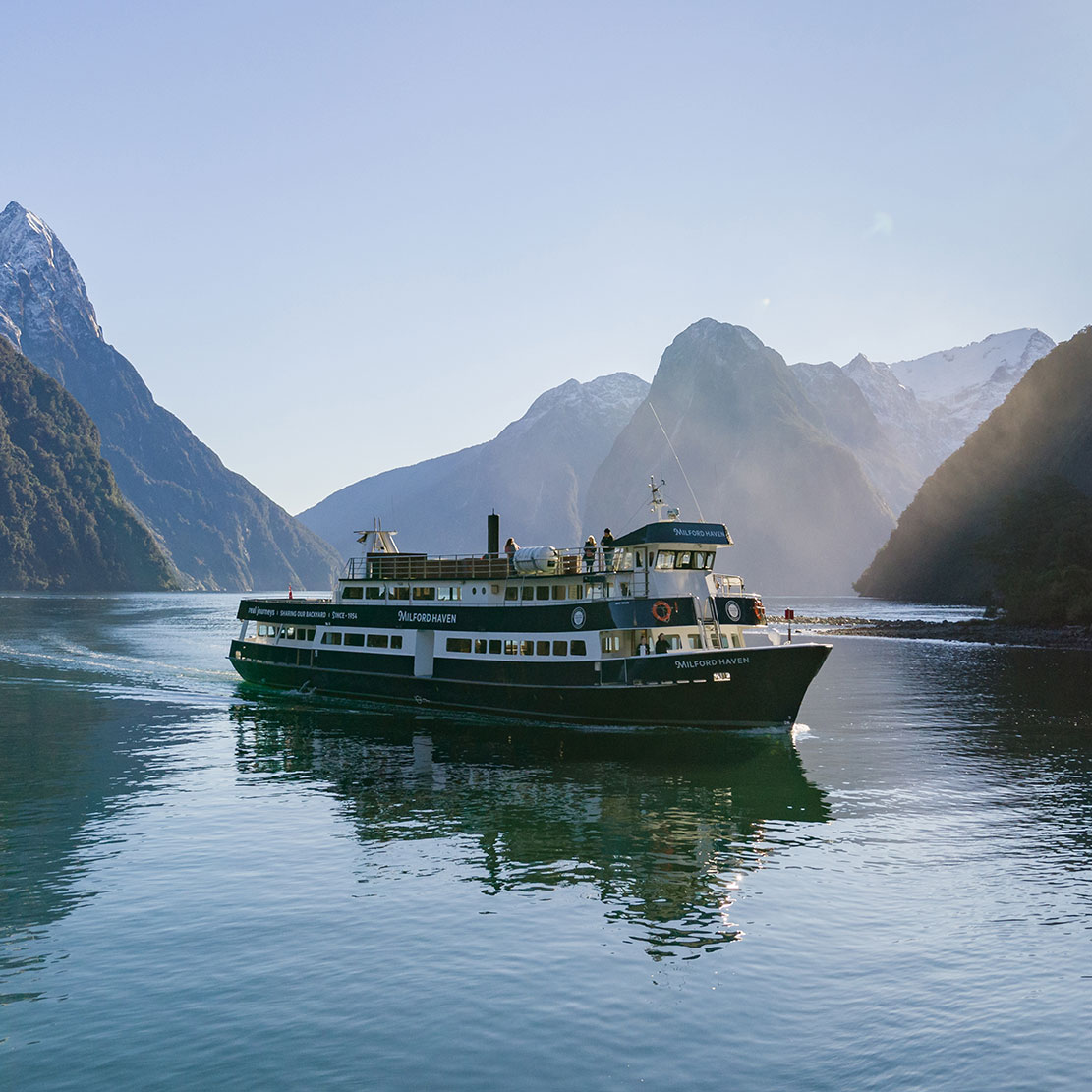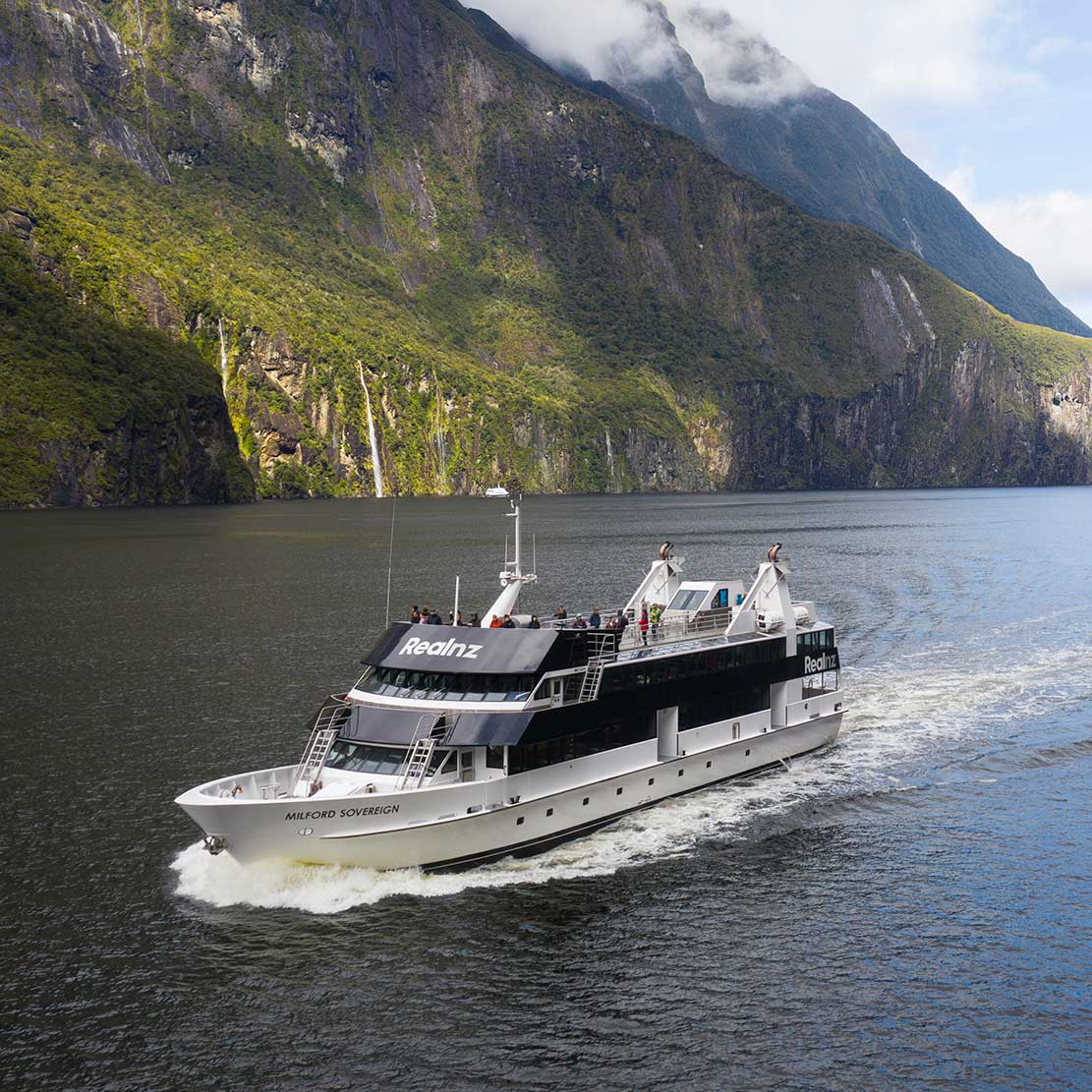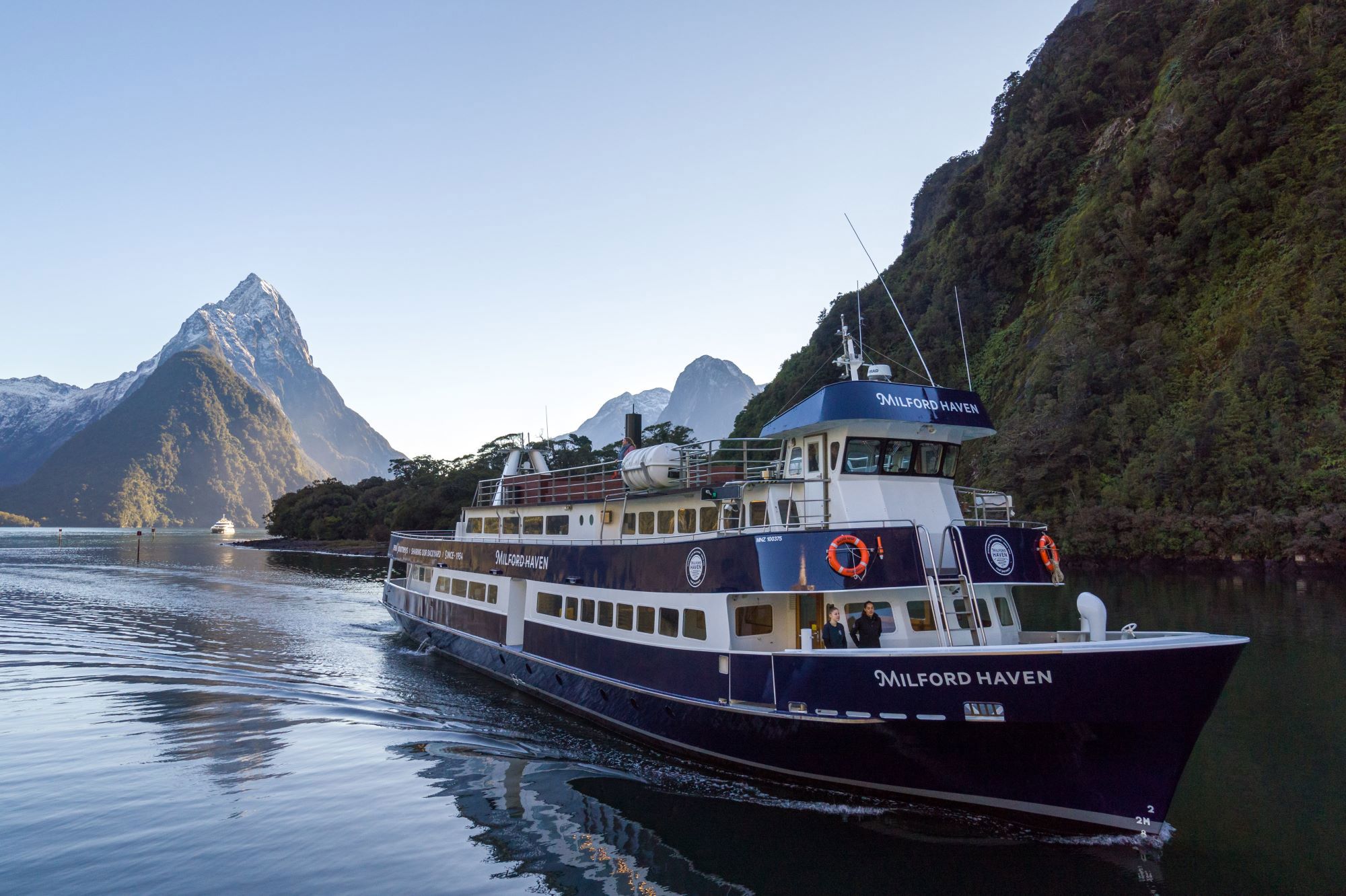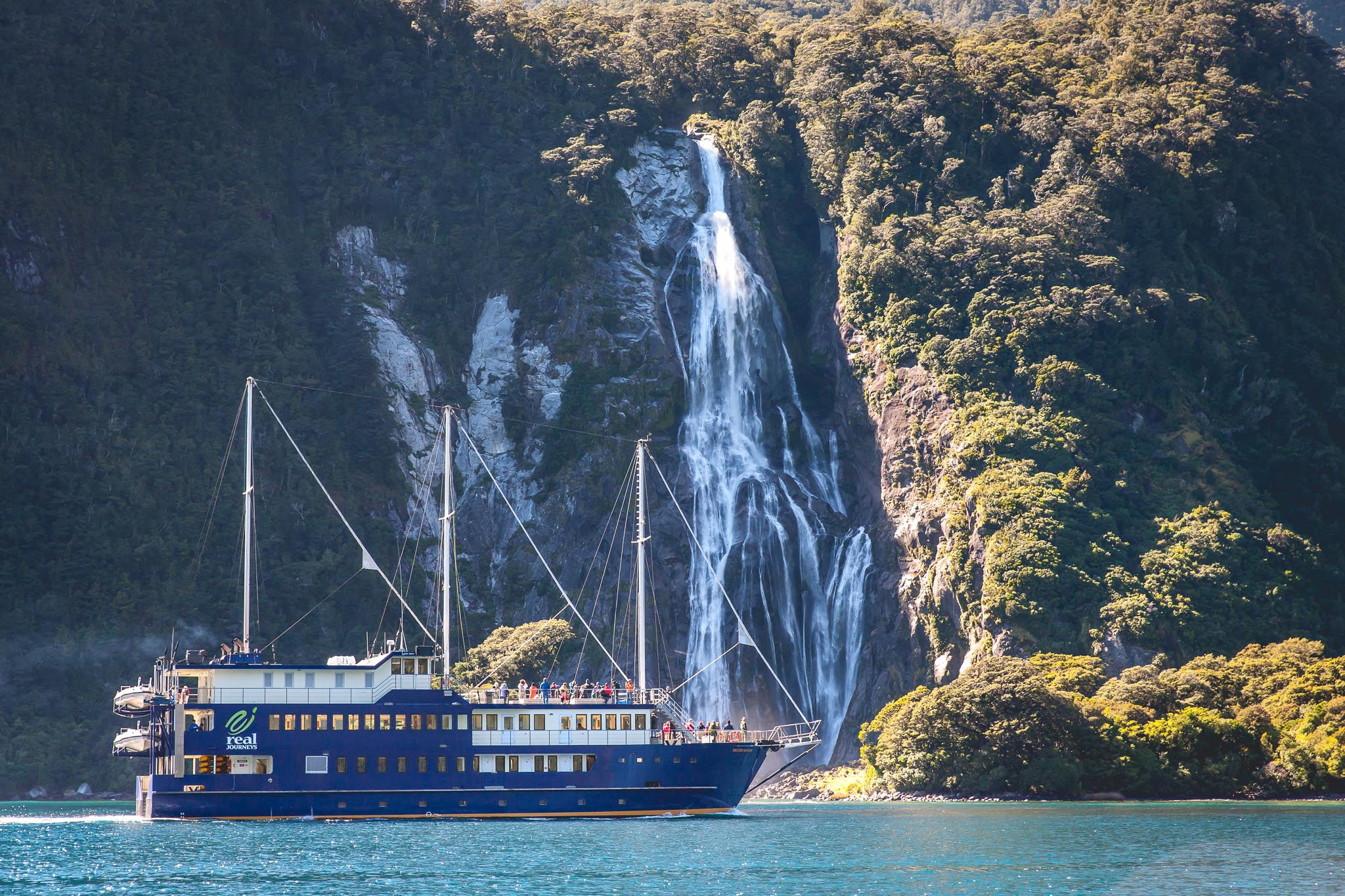Milford Sound
Nestled amidst towering cliffs and lush rainforests, the breathtaking beauty and raw nature of Milford Sound captivate all who visit, but it also comes with its share of natural hazards. Visitors to Milford Sound should be aware of various natural hazards, including earthquakes, tsunamis, severe weather events, flooding, landslides, and avalanches. The Alpine Fault, capable of producing Magnitude 8 earthquakes, poses a significant risk of triggering landslides and tsunamis, while the area's mountainous terrain and high rainfall lead to frequent landslides and potential road closures due to flooding and avalanches.
Earthquake
The Alpine Fault runs approximately 800km up the spine of the South Island of New Zealand and is one of the world’s major geological features. Responsible for the prominent geological features that are evident in Milford Sound, the Alpine Fault is active, with rupture events occurring on average every 300 years. The latest significant earthquake was in 1717 AD. For more information, see the link here: AF8 website.
Analysis indicates that major ruptures are likely to exceed Magnitude 8. The next Alpine Fault event is likely to be very destructive and could trigger landslides and potentially a localised tsunami. An Alpine Fault rupture of Magnitude 8 is anticipated to damage critical infrastructure in Milford Sound, such as key road networks.
Tsunami
Milford Sound is susceptible to both local and distant-sourced tsunami events. Scientific analysis indicates that in the event of any severe earthquake (Magnitude 8 or higher), a destructive landslide (including submarine) induced tsunami could be generated. Supporting analysis also indicates that the substantial volume of water displaced by a landslide may result in a tsunami reaching very significant wave and run-up heights.
In areas such as Milford Sound, where numerous visitors are received each day, a landslide-induced tsunami of any significant height would pose a significant risk to people at Milford Sound. The only warning these people would receive of a potential tsunami is the onset of an earthquake. MSTL is currently seeking a risk assessment related to landslide-induced tsunamis. This Notice will be updated after the risk assessment has been received and considered.
Severe Weather Events
Flooding
Milford Sound’s mountainous terrain results in significant annual rainfall, with the area receiving in excess of 7 metres of rain each year on average. Low soil absorption typically sees rain run directly into the sea, lakes, or high-capacity rivers throughout the area. It is not unusual to get rainfall accumulations of 200 mm in 24 hours with intensities of up to 30 mm per hour.
Whilst the roading infrastructure is well developed to cope with most heavy rain events, significant and sustained rain events have the potential to close roads and isolate Milford Sound while repairs are carried out.
Landslide
Landslides are a regular occurrence in Milford Sound due to regular severe weather and the area's soil conditions. They are primarily vegetation-based near the coast, where topsoil is limited; however, further inland, they have a higher content of rock and soil.
Snow/ Avalanche
Avalanches also threaten the road networks that service the Milford Sound area. While the preventative actions of the Milford Road Alliance (i.e. avalanche control) significantly reduce avalanche risk, avalanches continue to occur periodically.


 One of the most scenic flights in the world! See Milford Sound from the sky and the sea.
One of the most scenic flights in the world! See Milford Sound from the sky and the sea.

















